Are there enough chemicals on the ice worlds to support life there?
- Transfer
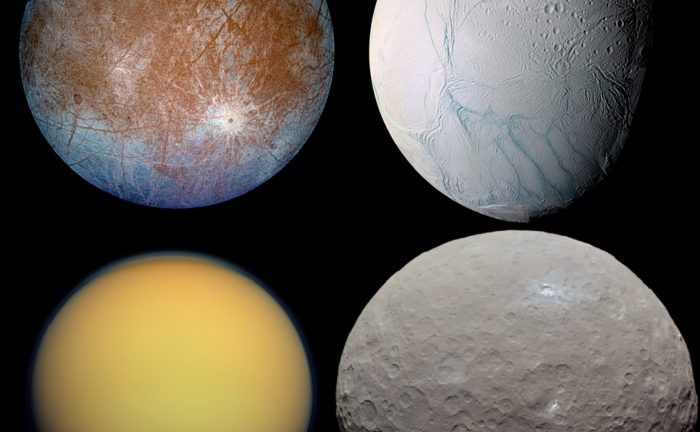
For decades, scientists believed that life could be under the icy surface of Europe , the satellite of Jupiter. During this time, several different evidences appeared in favor of the fact that this satellite is not alone. Indeed, in the Solar System there are many “oceanic worlds” that are potentially capable of supporting life: Ceres , Ganymede , Enceladus , Titan , Dion , Triton , and even probably Pluto .
But what if these worlds lack the elements necessary for such a life as we know? In a new study, two scientists from the Harvard-Smithsonian Center for Astrophysics(CfA) decided to determine whether the oceans can have a shortage of elements necessary for life. Their conclusions can seriously affect the theory of the existence of life in the solar system and beyond, not to mention our ability to study life.
The study , recently appeared on the Internet, titled "Suppressed whether the development of extraterrestrial life on worlds with subsurface oceans due to lack of essential life elements?" They led Manasvi Lingam, a postdoc from the Institute of Theory and Computing (ITC) at Harvard University and CfA, with the support of Abraham Louba is director of ITC, and Frank Baird, a junior professor at Harvard.
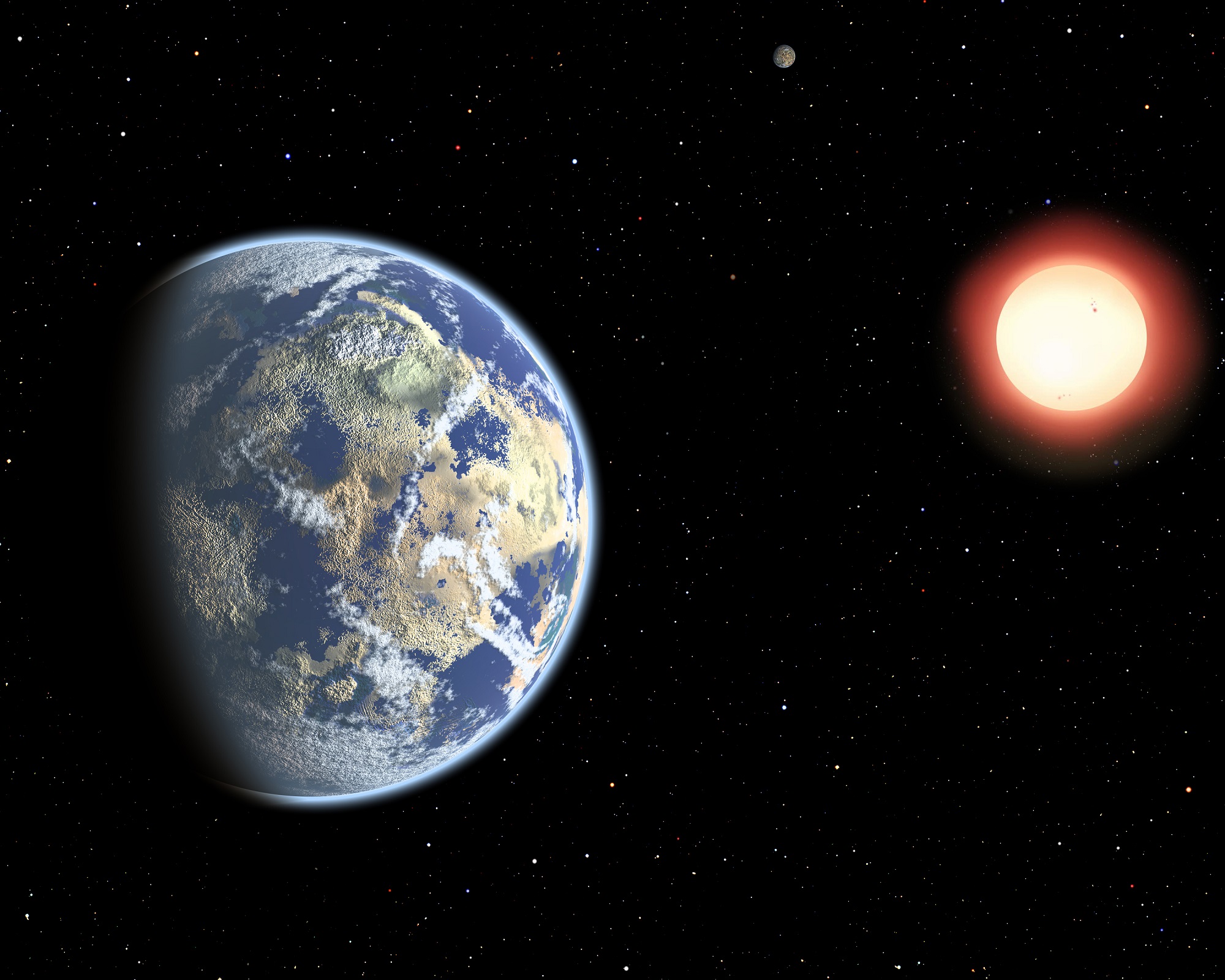
The artistic image of the aquatic exoplanet, located at the red dwarf removed from us
In previous studies, the habitability of the moons and other planets focused around the availability of water. So it was when studying the planets and satellites inside the solar system, and so it is when studying the planets that are outside of it. Finding new exoplanets, astronomers are carefully studying the question of whether this planet is within the habitable zone of its star.
This is the main sign of whether a planet can have liquid water on its surface. In addition, astronomers are trying to obtain spectroscopic data on the environment of stony exoplanets, to determine whether the planet is losing water from the atmosphere - the presence of molecular hydrogen may indicate this. In the meantime, other studies are trying to determine the availability of energy sources, since they are also crucial for the existence of known forms of life.
In contrast, Dr. Lingam and Professor Loeb addressed the question of how life on oceanic planets may depend on the availability of limiting nutrients. For some time there was heated debate about what nutrients are necessary for extraterrestrial life, since the presence of such substances may vary from place to place and over time. As the Lingam wrote to us by e-mail:
The most common list of elements necessary for life of the type known to us includes hydrogen, oxygen, carbon, nitrogen and sulfur. In addition, a small amount of certain metals (for example, iron and molybdenum) can also be valuable for life, but the list of such metals is more uncertain and variable.
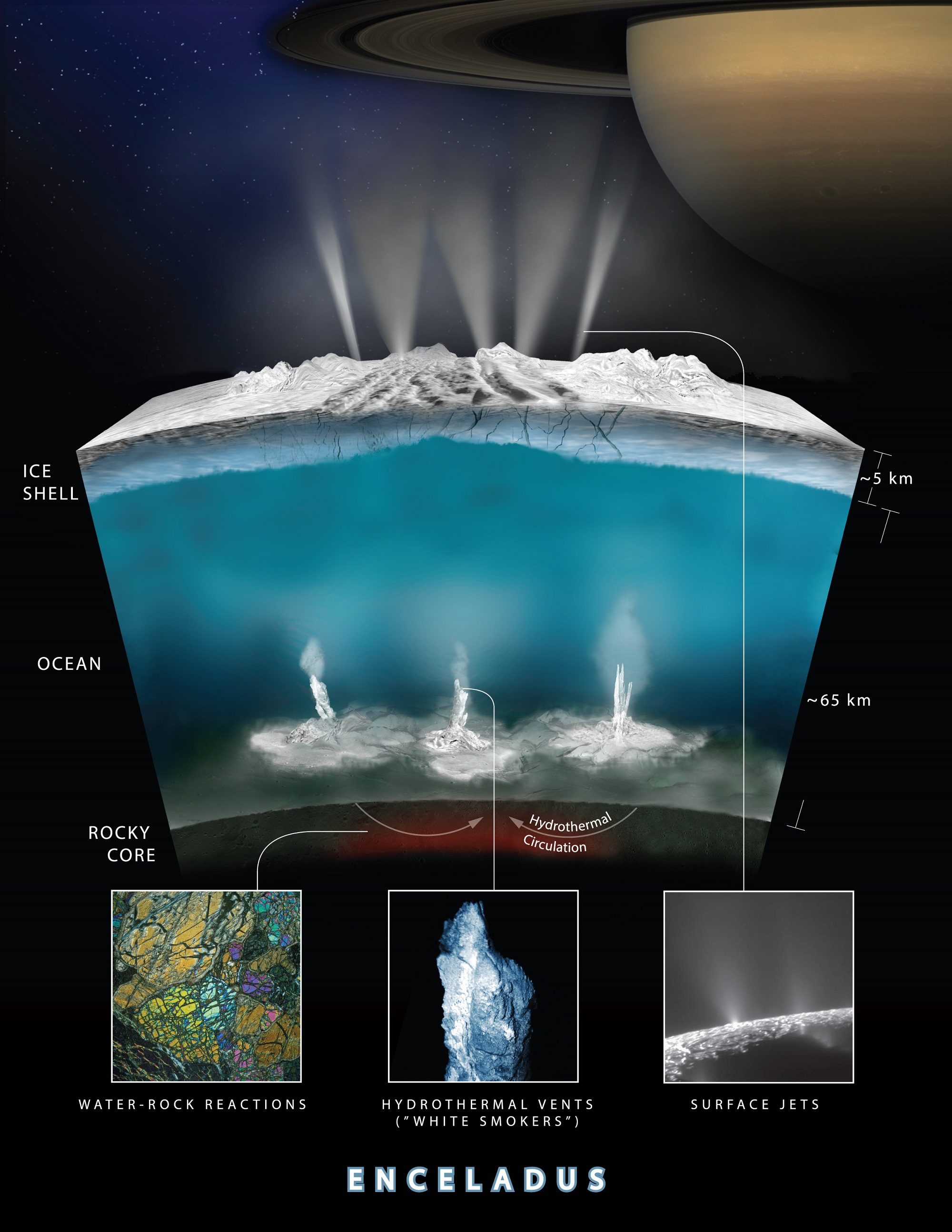
An artistic image of the inner part of the Enceladus crust section showing how hydrothermal activity can lead to the appearance of water geysers on the surface of the satellite.
For the study, Lingam and Lowbe created a model based on terrestrial oceans to determine whether the process of the appearance and disappearance of OPV in oceans could be similar to similar processes occurring on other worlds. On Earth, the sources of OPV are rivers, the atmosphere and glaciers, and the energy is provided by sunlight.
They considered that of all the listed substances phosphorus would be the most important, and they estimated how much other elements of the oceanic worlds could contain it with different initial conditions. As Lingam explained, it is logical to assume that on such worlds the potential existence of life will also be determined by the presence of a balance between the influx and the outflow of OPV.
“If outflows are much stronger than tributaries, it may mean that the necessary elements will disappear relatively quickly. To estimate the power of the tributaries and outflows, we used knowledge about the Earth, combining them with the basic parameters of oceanic worlds, such as ocean pH, world size, and so on — with everything that is known from observations and theoretical models. ”
And although atmospheric sources are not available for the subsurface oceans, Lingam and Lowbe considered the contribution of hydrothermal sources. Evidence of their existence obtained already for Europe, Enceladus and other oceanic worlds. They also considered non-biological sources, such as minerals washed out of stones by rain on Earth, or, in the case of satellites, by ocean waters.
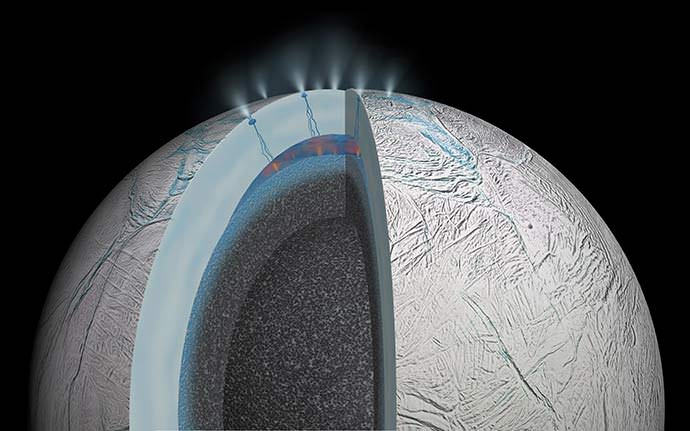
An artistic depiction of possible geothermal activity that can go on the seabed at Enceladus.
They found that the oceanic worlds of the solar system are likely to lack OPV, in contrast to water and energy.
We found that the reserves of phosphorus, one of the most important elements for life according to the assumptions of our model, quickly disappear (by geological measures) on oceanic worlds that have neutral or alkaline oceans with hydrothermal activity. Consequently, it follows from our work that life on such worlds can exist in small concentrations (or in short time intervals), and, therefore, it will be quite difficult to detect.
Such a conclusion, of course, affects missions designed to study Europe and other satellites in the outer solar system. This includes NASA's Europa Clipper mission., which should start in the period from 2022 to 2025. The probe must fly several times near the surface of Europe and try to find biomarkers in the streams of geysers rising from the surface of the satellite.
A similar mission is proposed to be sent to Enceladus, in addition, NASA is considering the possibility of the Dragonfly mission to study the atmosphere, surface and methane lakes of Titan. However, if the study of Lingam and Louba turns out to be true, then the chances of these missions to find signs of life in the oceanic worlds of the solar system will be rather scarce. However, as the Lingam noted, they still believe in the need for such missions.
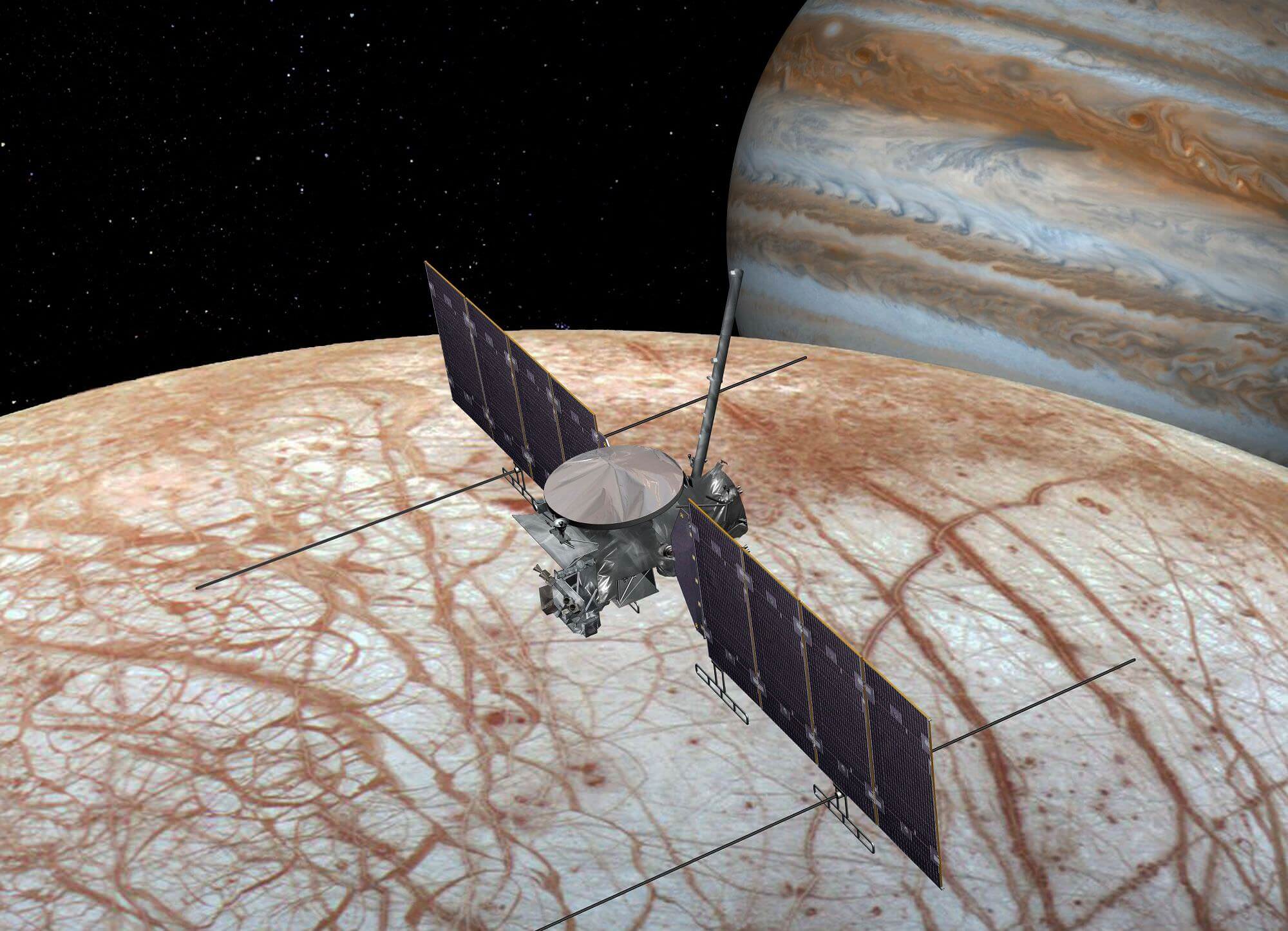
Artistic image of the spacecraft mission Europa Clipper.
“Although our model predicts that future space missions to these worlds have little chance of successfully finding extraterrestrial life, we believe that they should be done anyway,” he said. “They will provide an excellent opportunity to test and confirm or deny the key predictions of our model, and collect more data to improve our understanding of the oceanic worlds and their biogeochemical cycles.”
In addition, as Loeb wrote, this study was focused on the life of the species we know. If missions to these worlds can find sources of extraterrestrial life, this will mean that life can appear on the basis of conditions and elements unfamiliar to us. In this regard, the study of Europe and other oceanic worlds is not only desirable, but necessary.
“Our work demonstrates that such an important component of the type of life we know as phosphorus is quickly depleted in the subsurface oceans,” he said. - As a result, in the oceans, which are believed to be able to exist under the surface ice of Europe or Enceladus, life will not be easy. If future missions confirm the low level of phosphorus, but at the same time find life in these oceans, then we will learn about a new chemical path for a life different from that on earth. ”
As a result, scientists in search of life in the universe have to use the approach of least resistance. Until we discover life outside the Earth, all our reasonable assumptions will be based on the kind of life that we have on the planet. I can not even imagine a better excuse to get out of here and explore the Universe!
